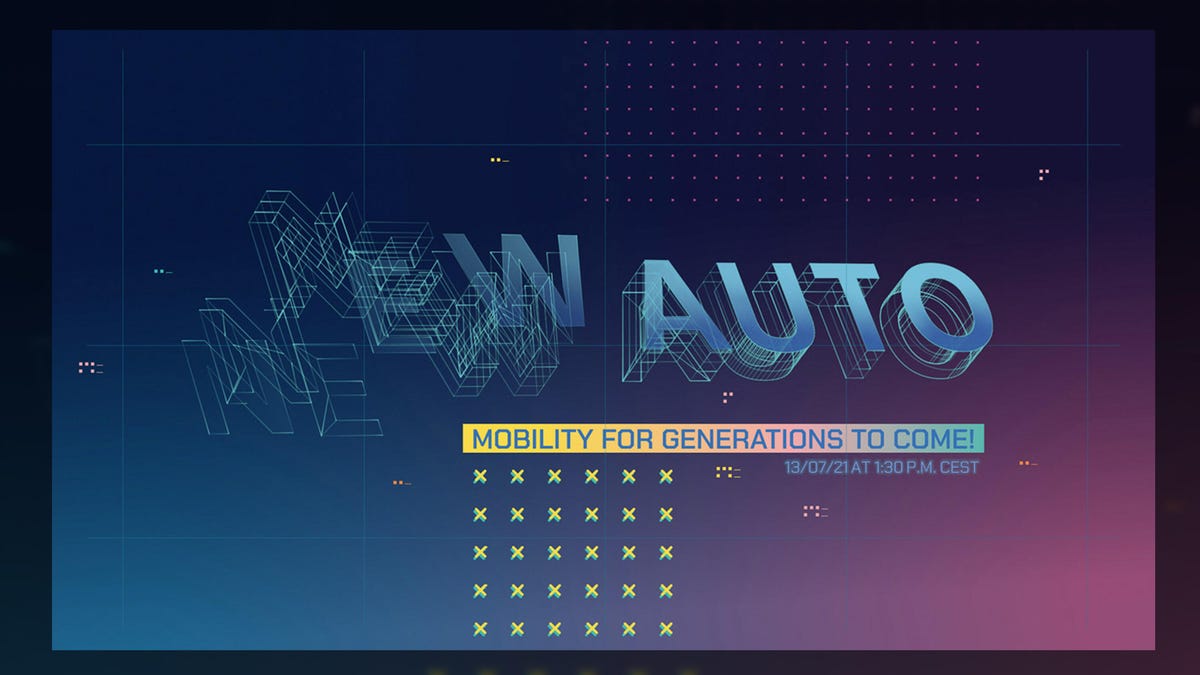Volkswagen Group is developing a unified EV architecture
The new Scalable Systems Platform is expected to enter production in 2026 and will support a dizzying range of vehicles from VW, Audi and more.
The Volkswagen Group announced an exciting next-generation vehicle architecture during its New Auto strategy presentation on Tuesday. From electrification and autonomy to battery technology and vehicle sales, this event showed where the sprawling, multibrand automaker intends to go through the year 2030. But wherever the German company ends up, its new Scalable Systems Platform will be a cornerstone of its operations.
SSP is designed to drastically cut complexity by replacing an alphabet soup of previous architectures. It's expected to supersede the MQB, MSB, MEB, PPE, MLB, NHL and NBA platforms (I may have made some of those up), giving the VW Group one unified electric-vehicle architecture for its entire portfolio of automotive divisions. SSP should support cars from mass-market brands such as Volkswagen and Skoda, as well as products from premium marques including Audi and possibly even Bentley. During his portion of the New Auto online presentation, Herbert Diess, CEO of the Volkswagen Group, said it's "building up the most comprehensive EV portfolio [in the business]," one that will be largely supported by SSP.
Aside from its industry-spanning versatility, nearly zero technical details about SSP were shared. Diess, however, did mention that it will be 100% electric and support a vast array of models from 85 up to 850 kilowatts, likely everything from humble hatchbacks to flagship-caliber sedans .
Will future VW Group products look like this computer rendering? It's a definite maybe.
To expedite the development of this new platform -- one architecture to rule them all -- the VW Group is investing the equivalent of nearly $1 billion to build a new research and development center in its hometown of Wolfsburg, Germany. This facility is where SSP and its associated components will be created. The first vehicles to ride atop this architecture are expected to enter production in 2026. There's much work to be done engineering this platform, but once it's finished VW will make it available for other automakers to use, as it did with the current MEB architecture.
By streamlining its platform portfolio, the VW Group should realize significant cost savings. Complexity will be drastically reduced, helping the company reach not only its financial goals, but its climate targets too, since SSP vehicles will have zero tailpipe emissions. "Individual mobility has a bright future," said Diess. "[Volkswagen] is planning to play an important role in this new world."
SSP is expected to debut in the next five years. Over its lifetime, VW estimates this architecture will underpin some 40 million vehicles globally, making it a hugely important platform for the entire automotive industry.
Read more: VW foresees EV price parity with ICE by 2025, 50% EV sales by 2030


